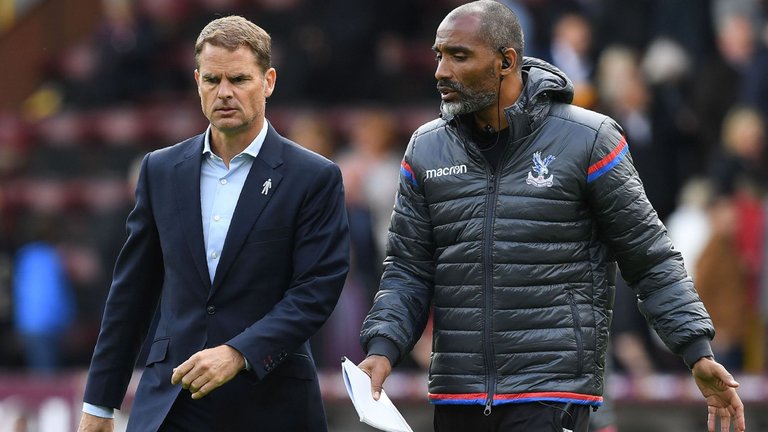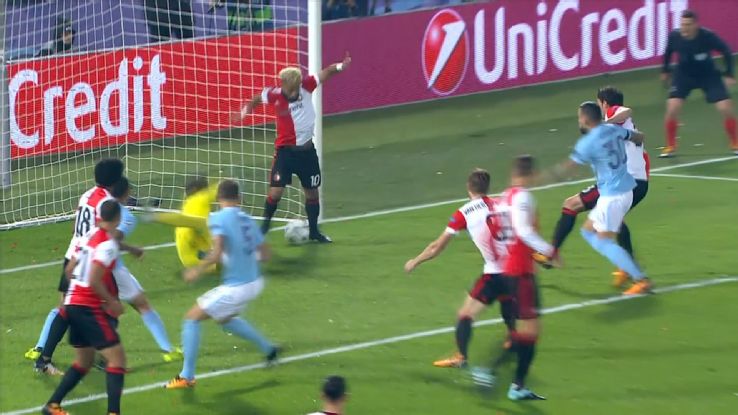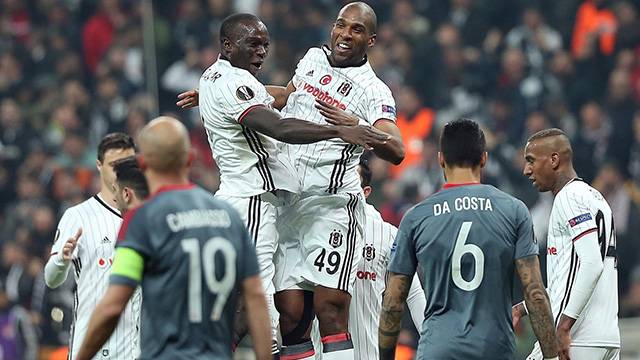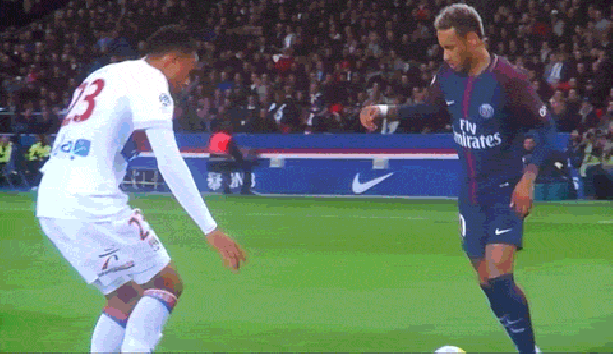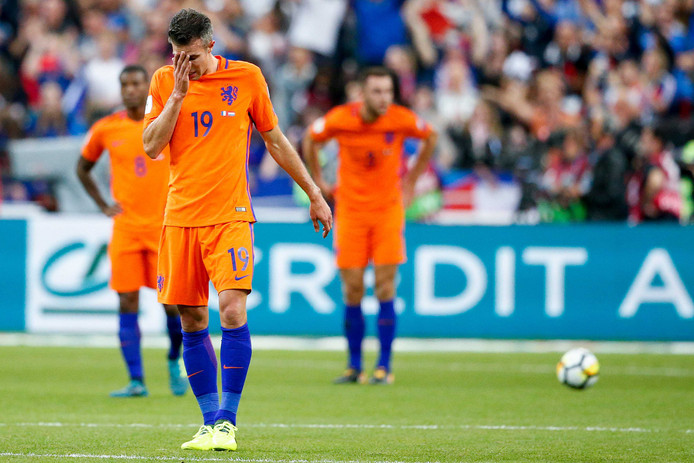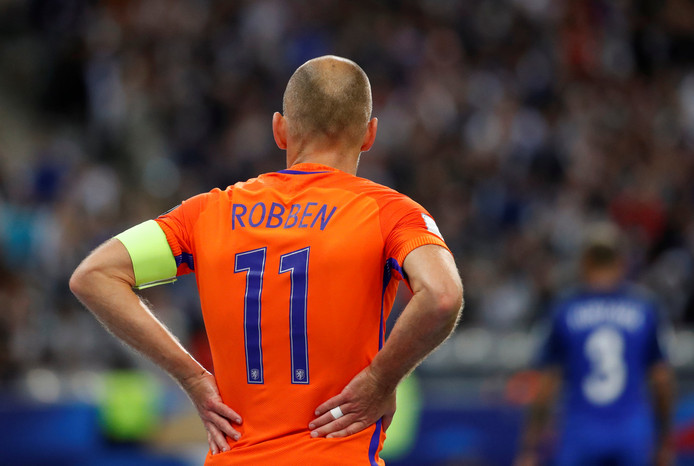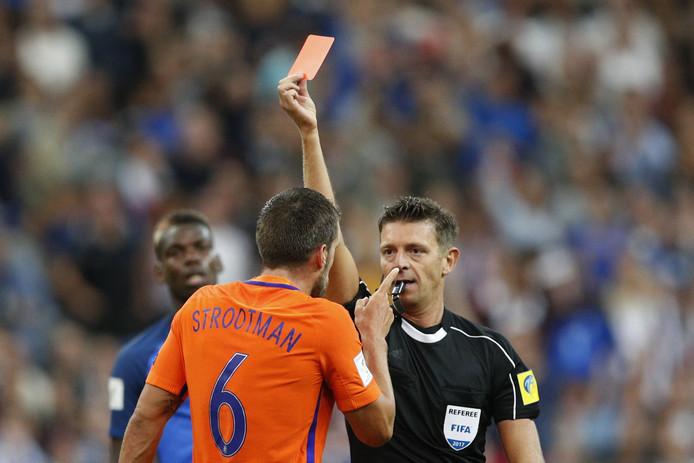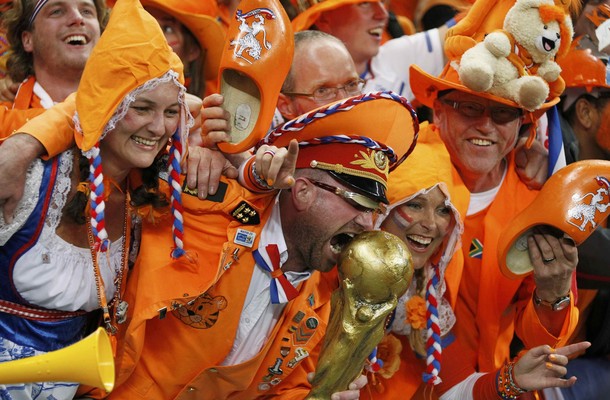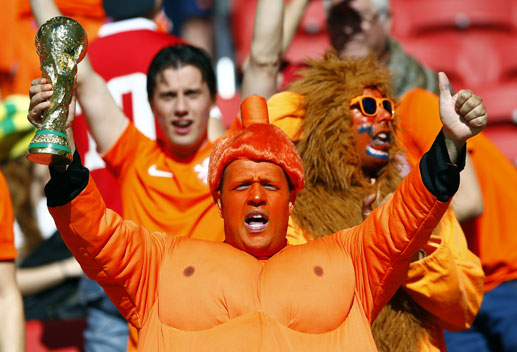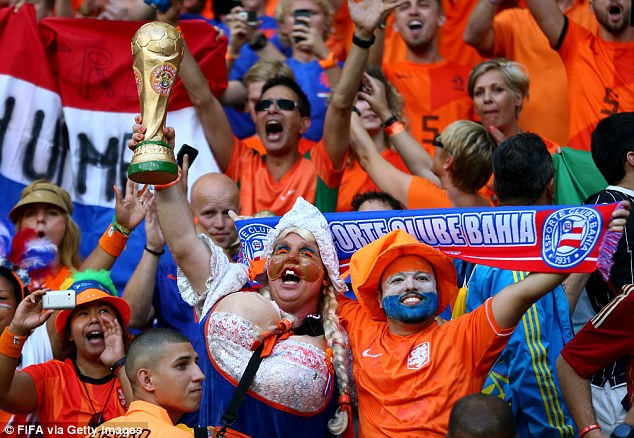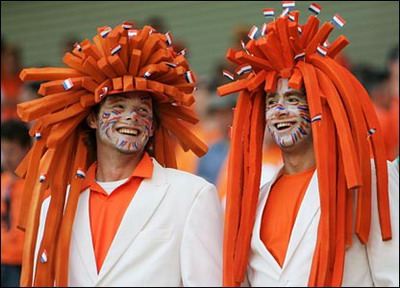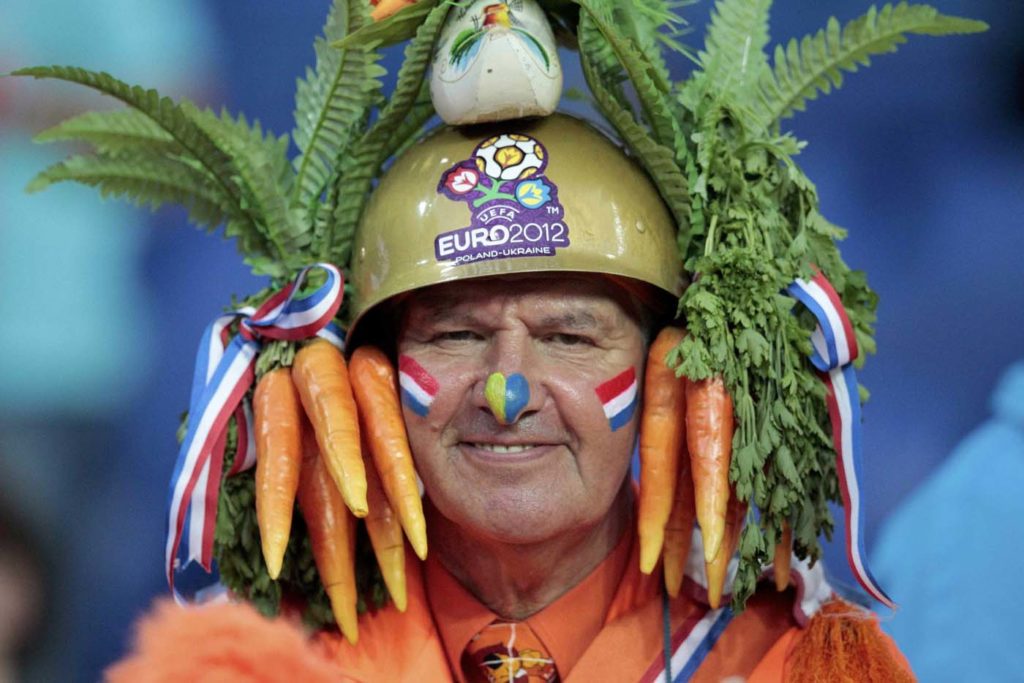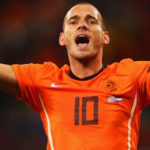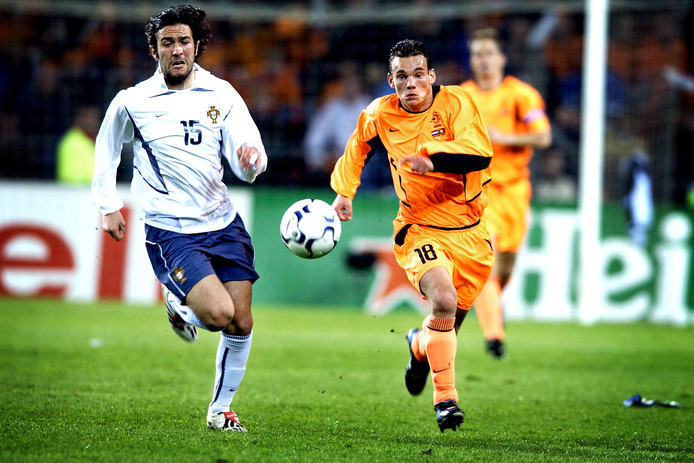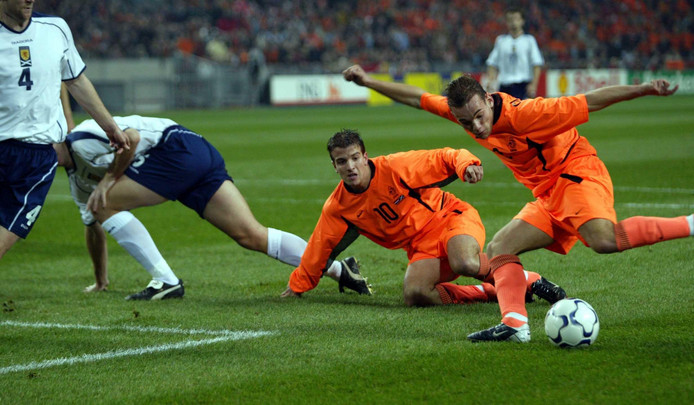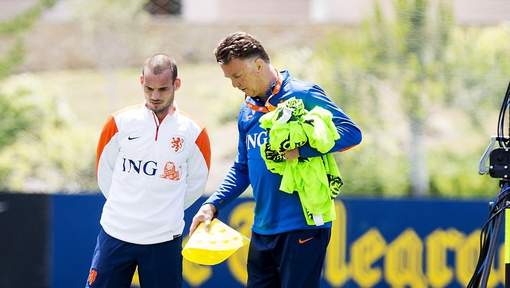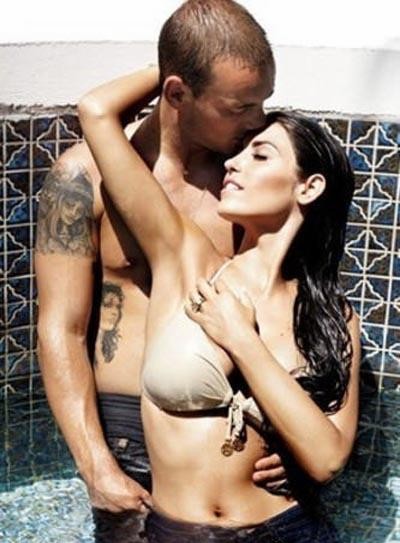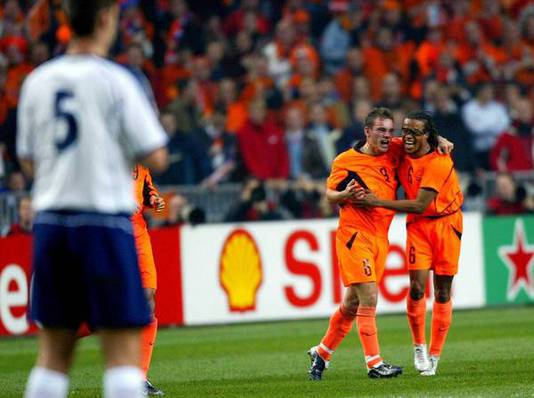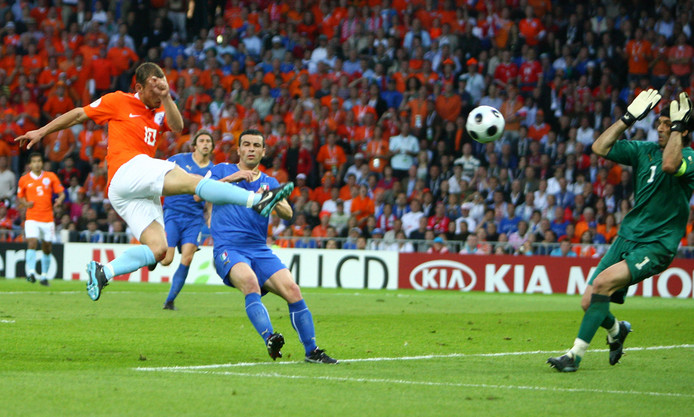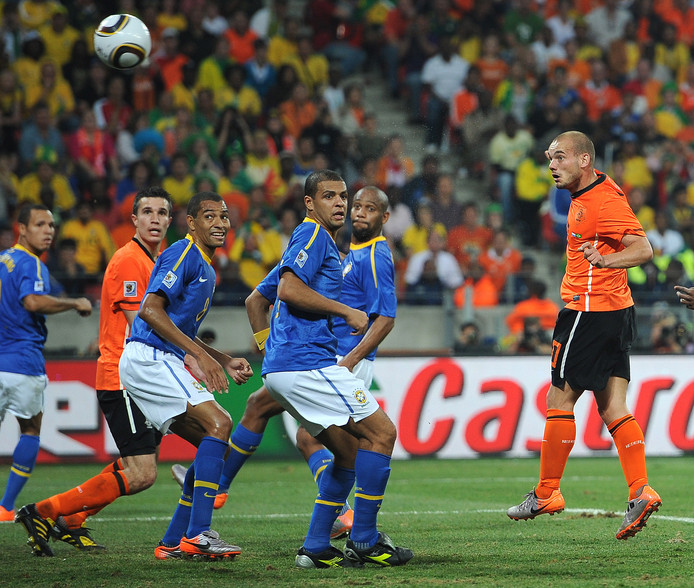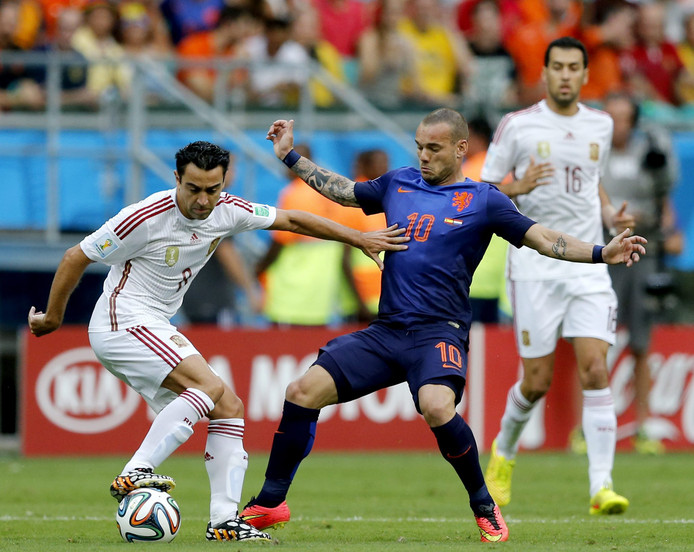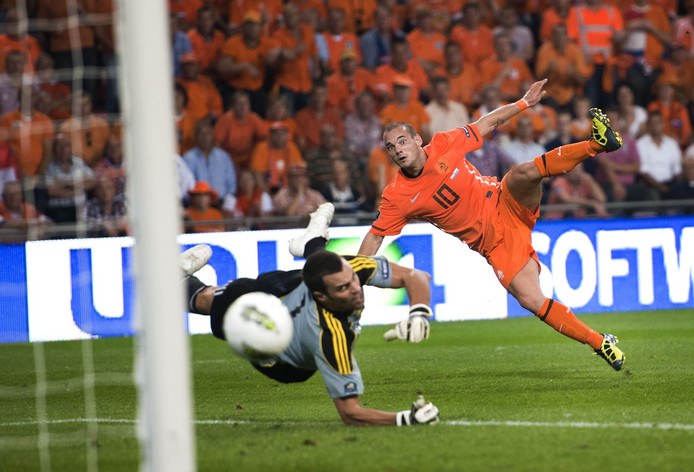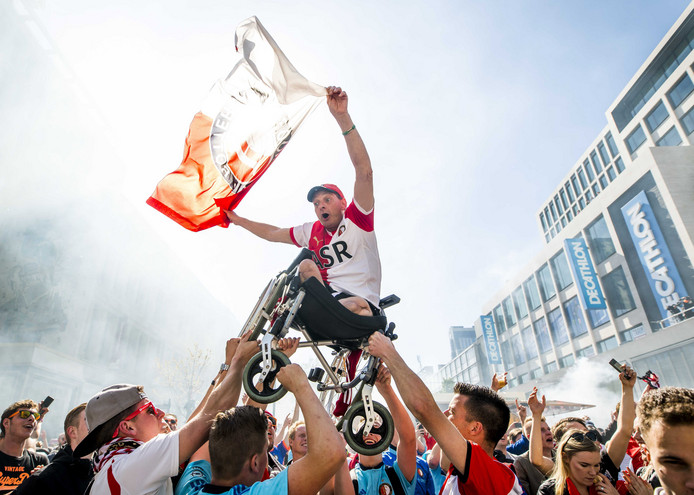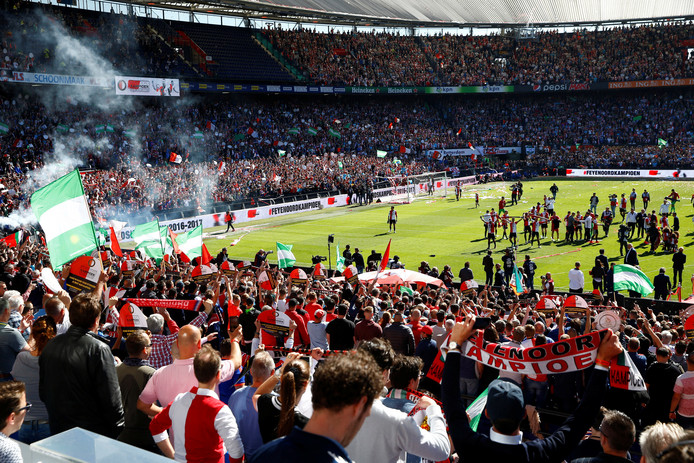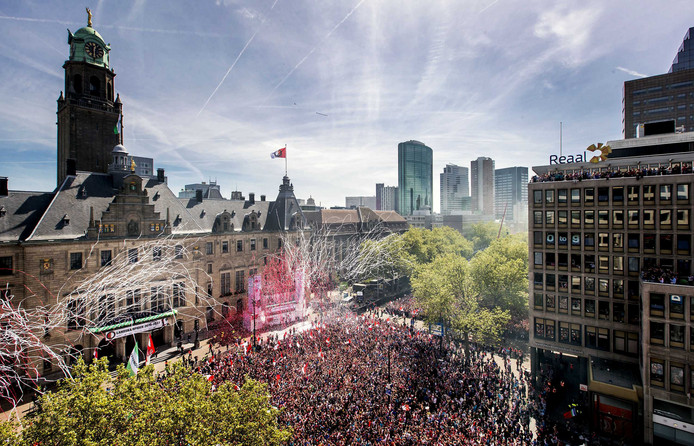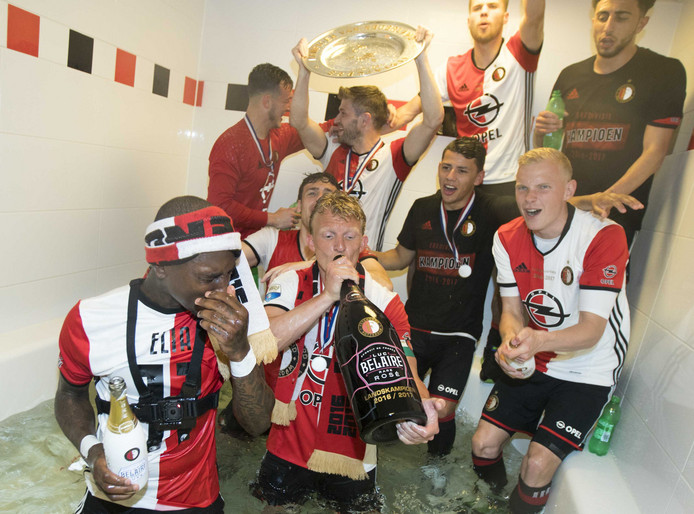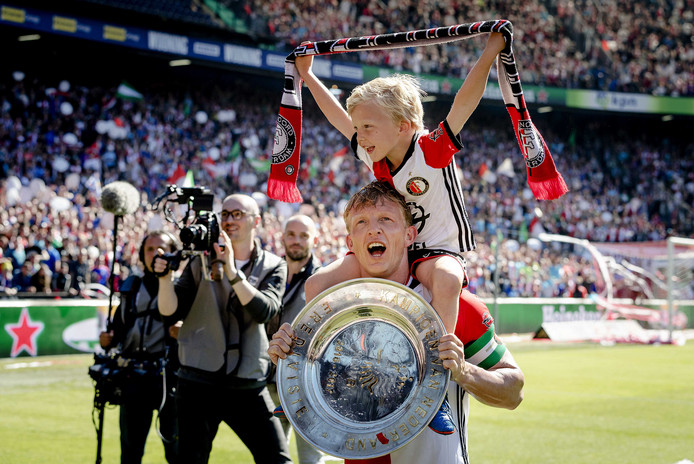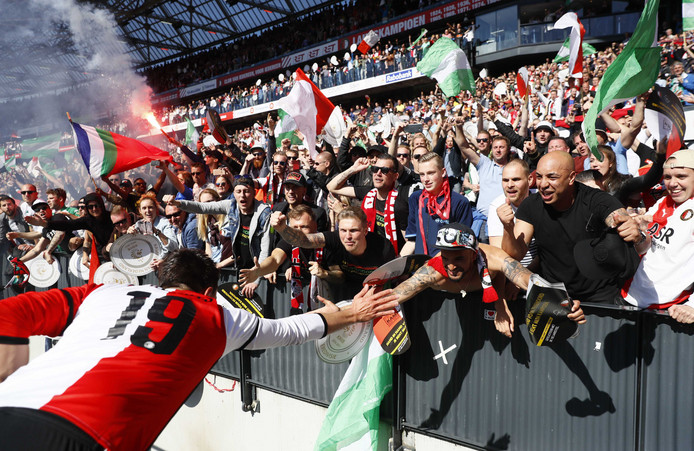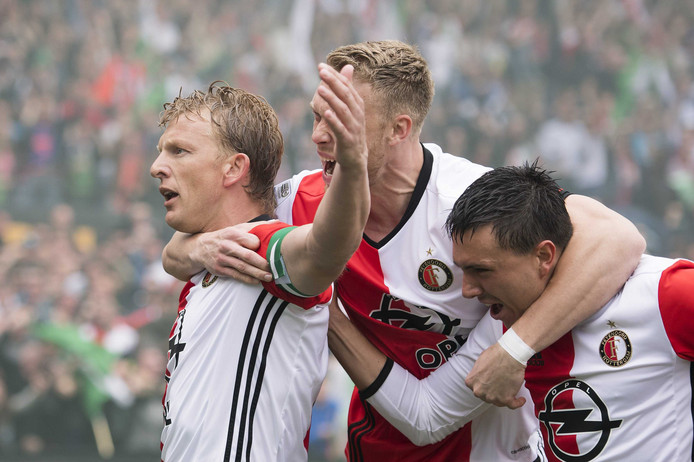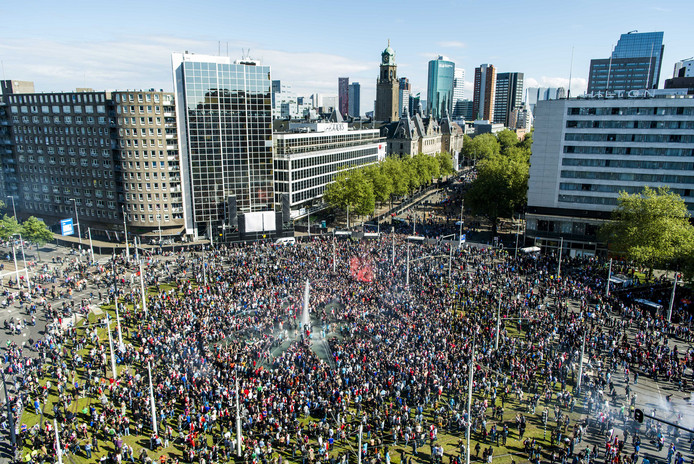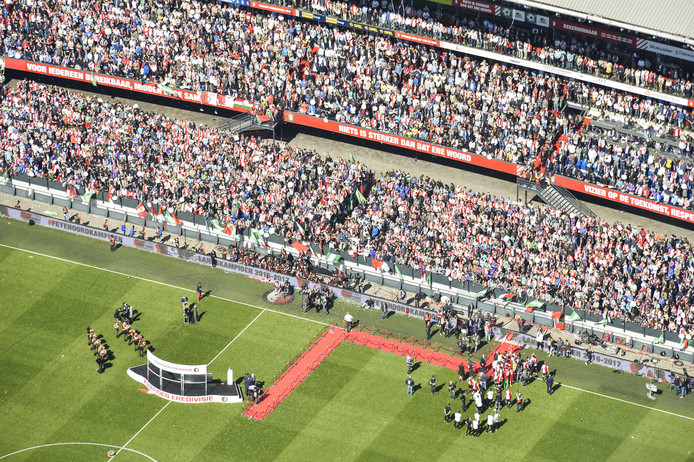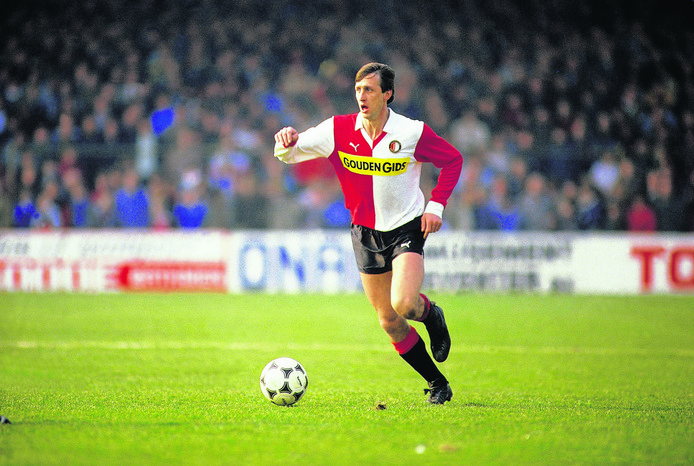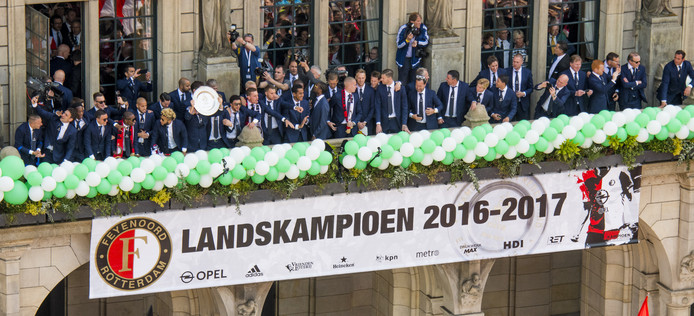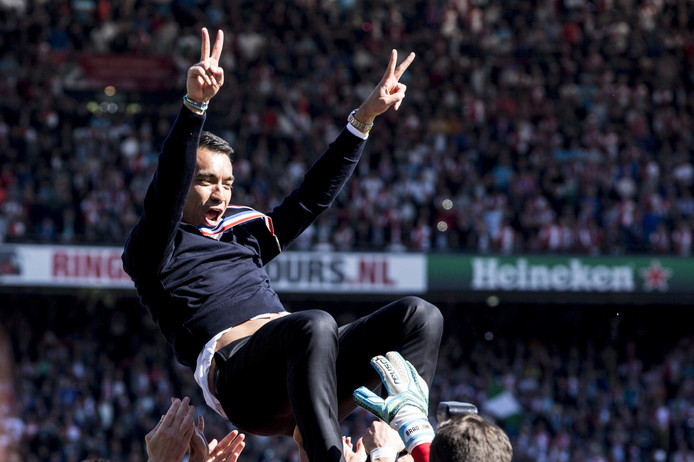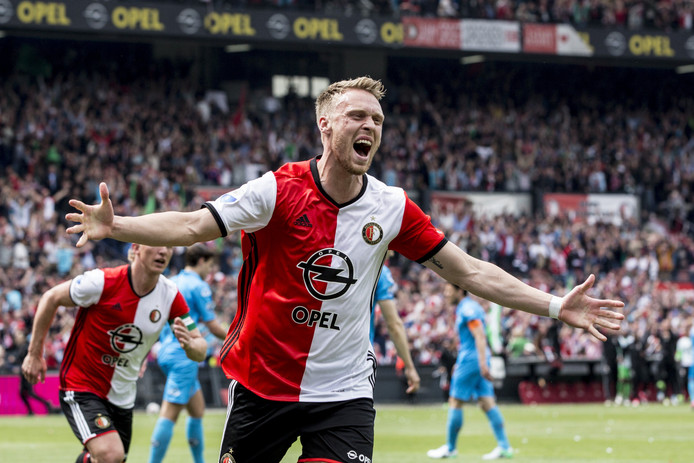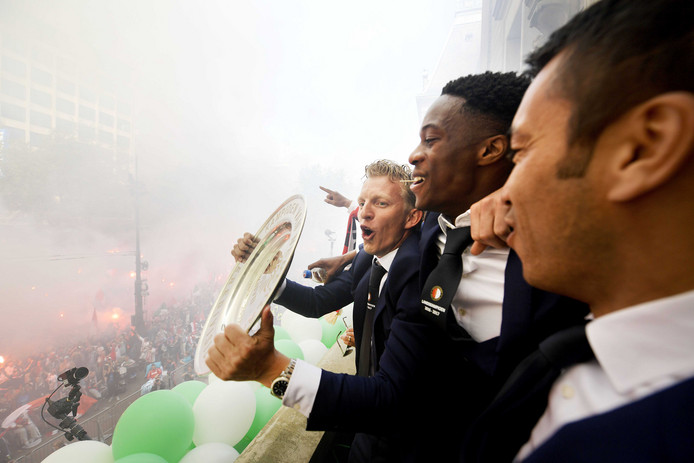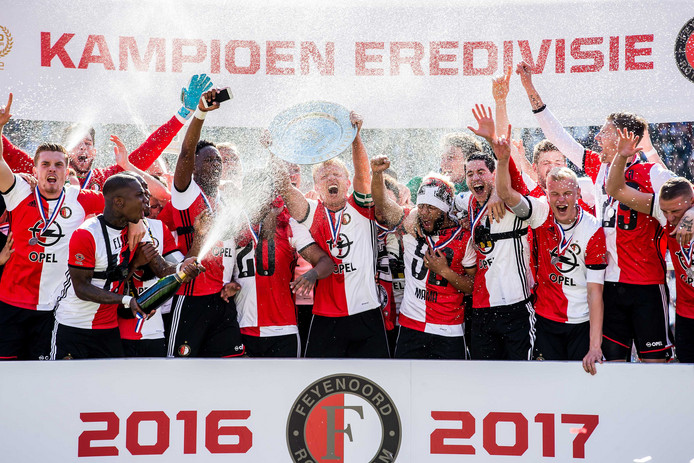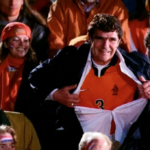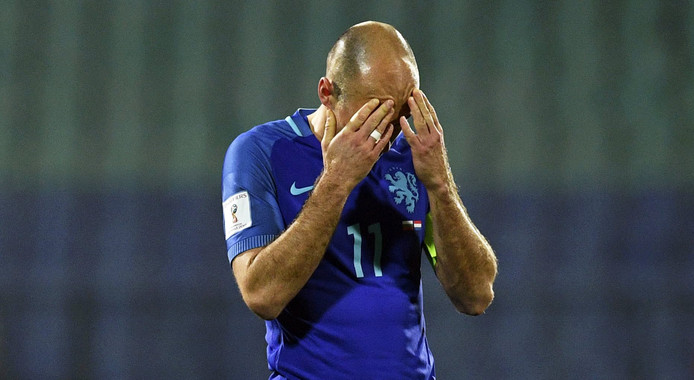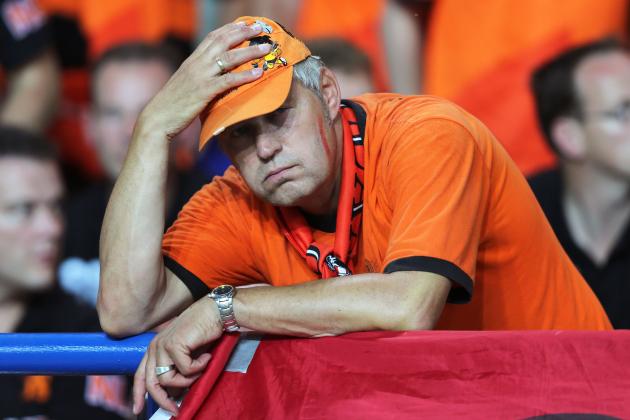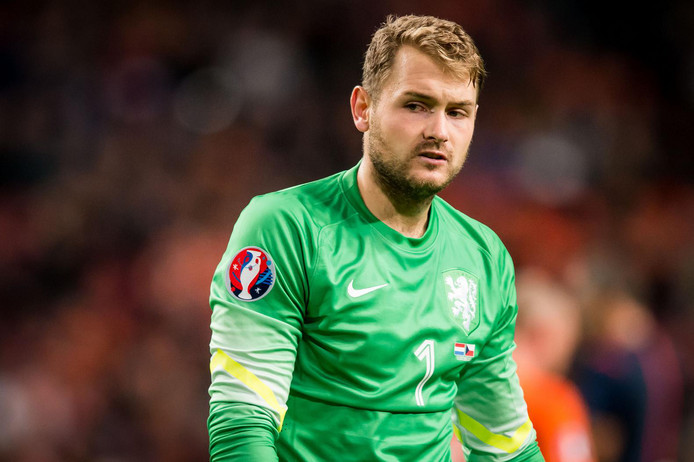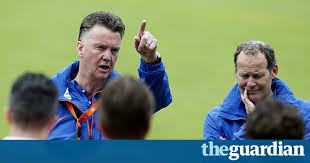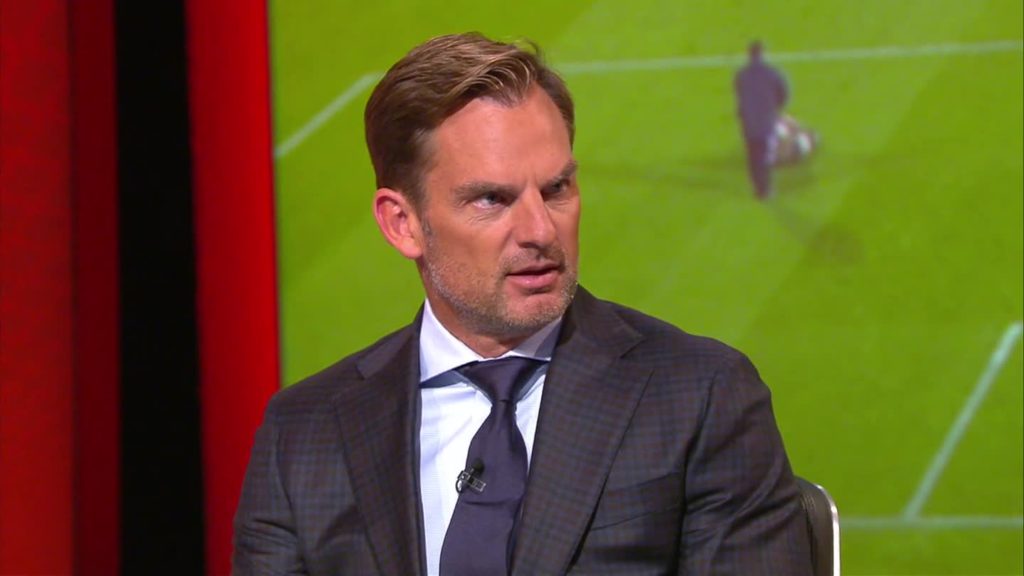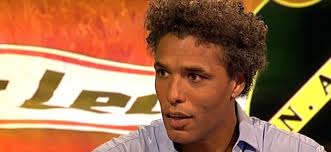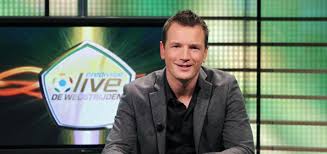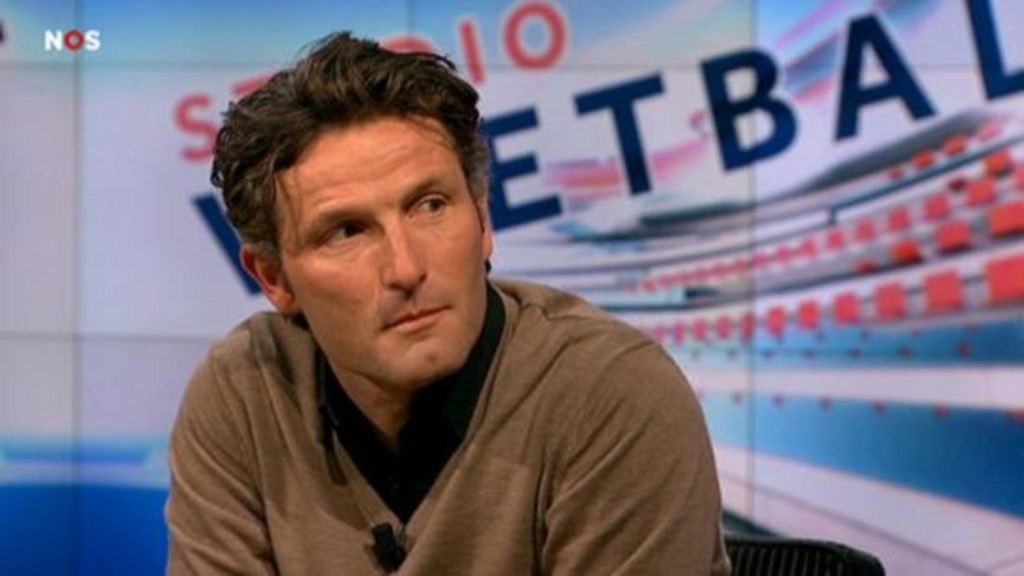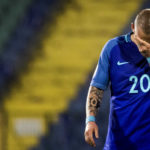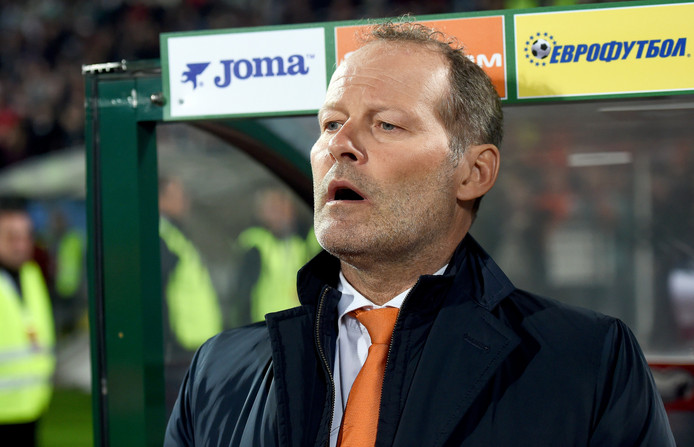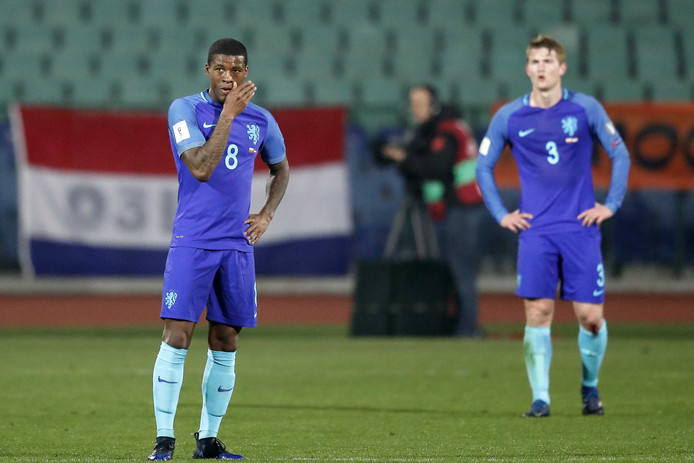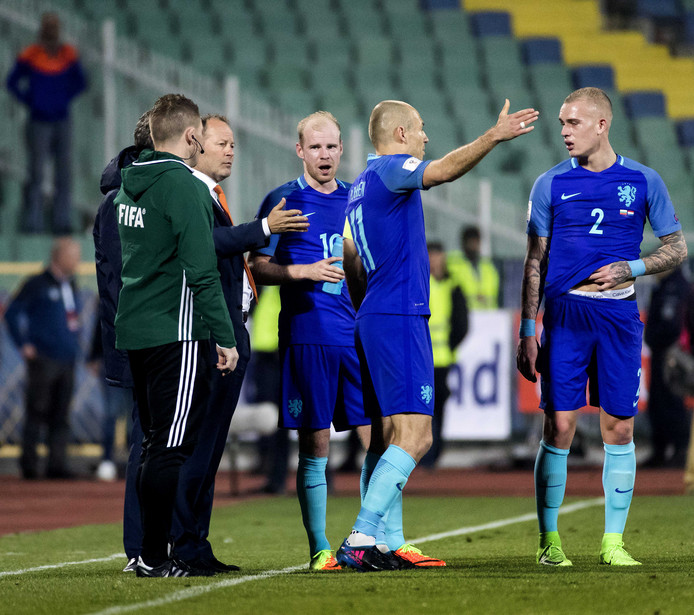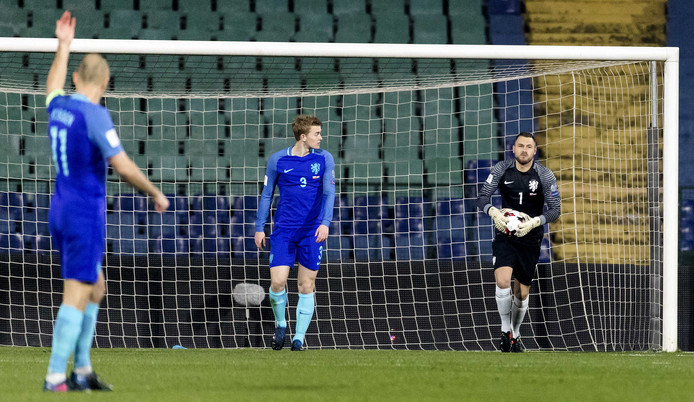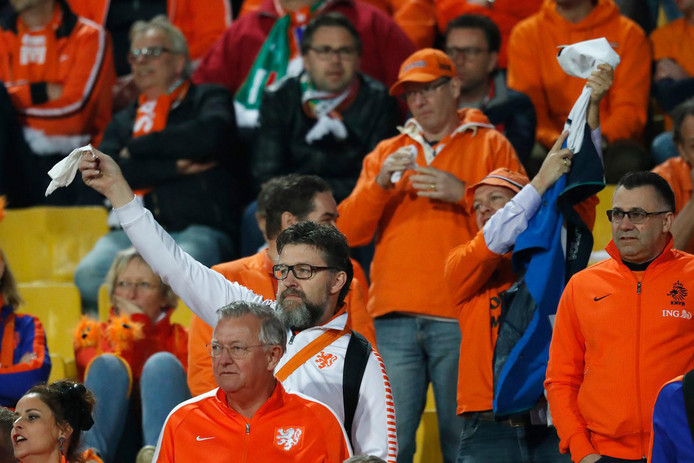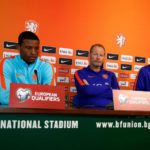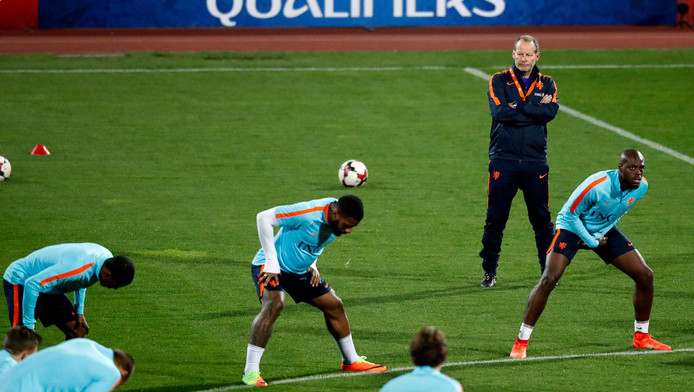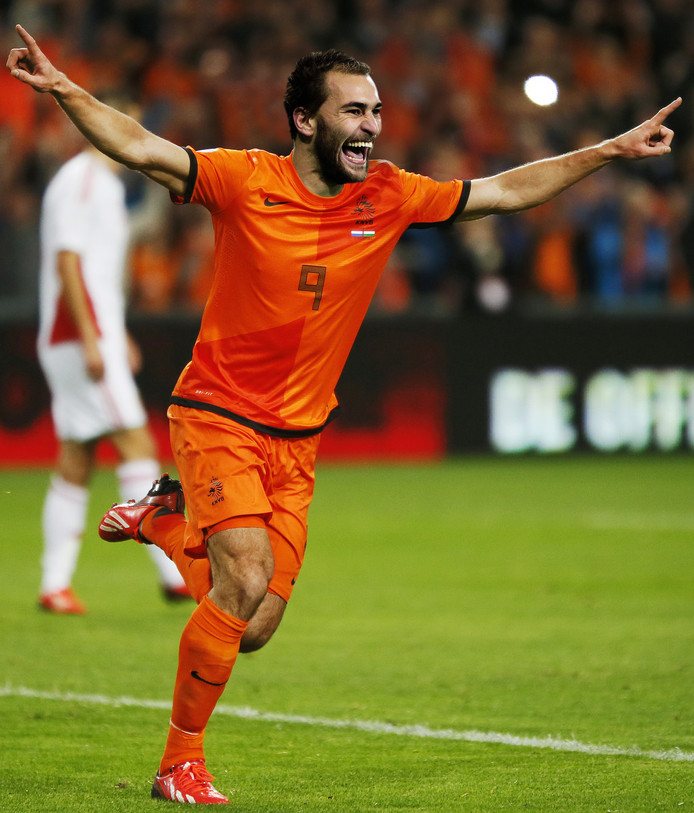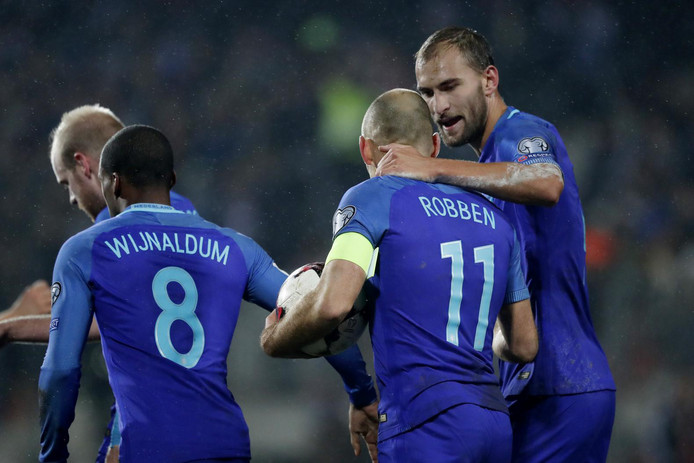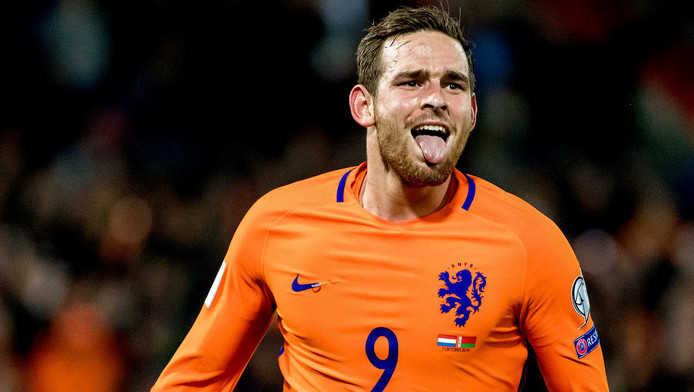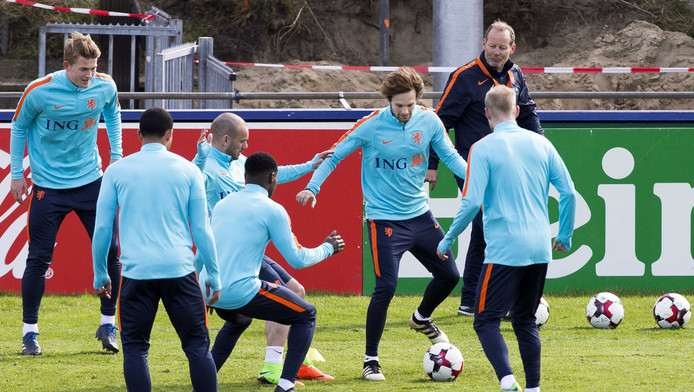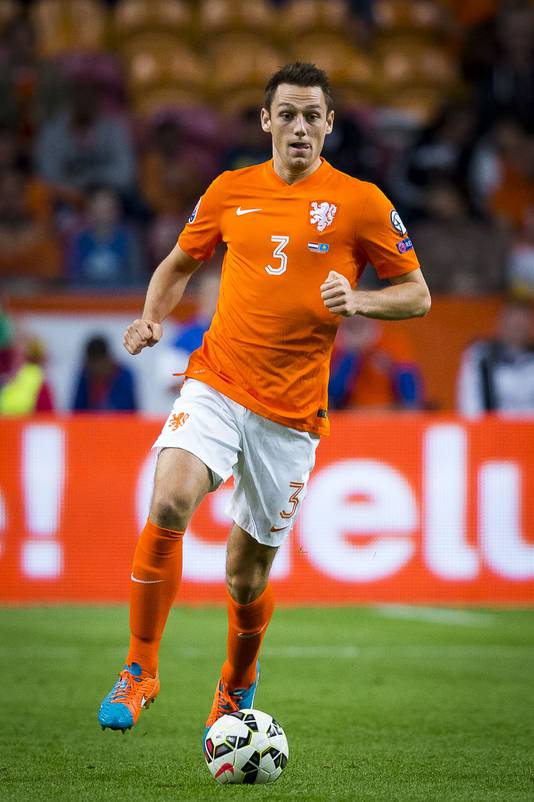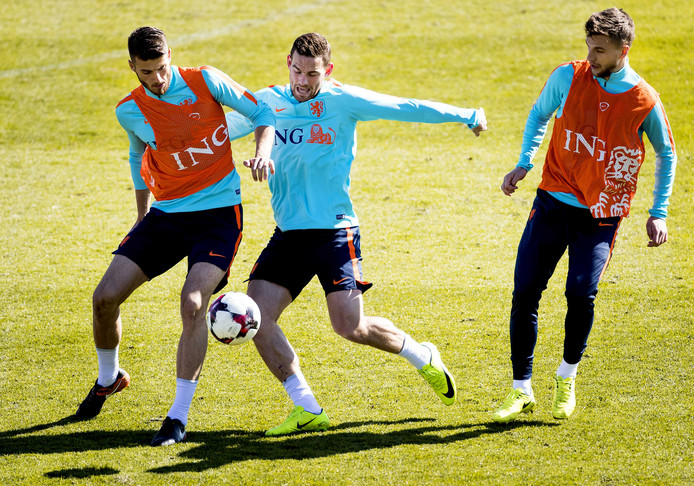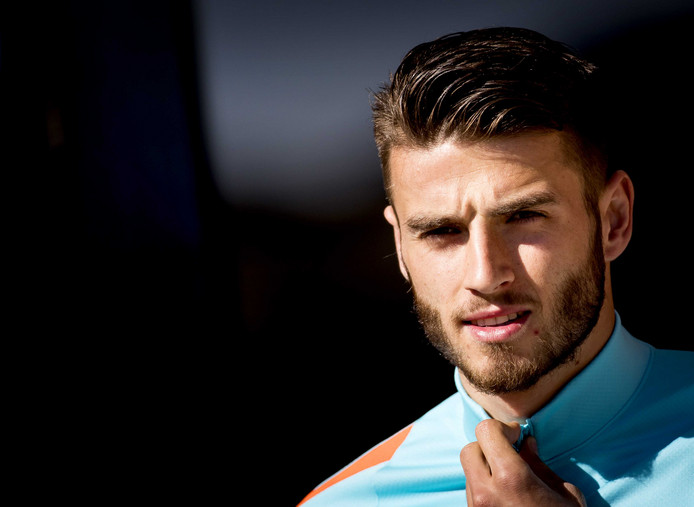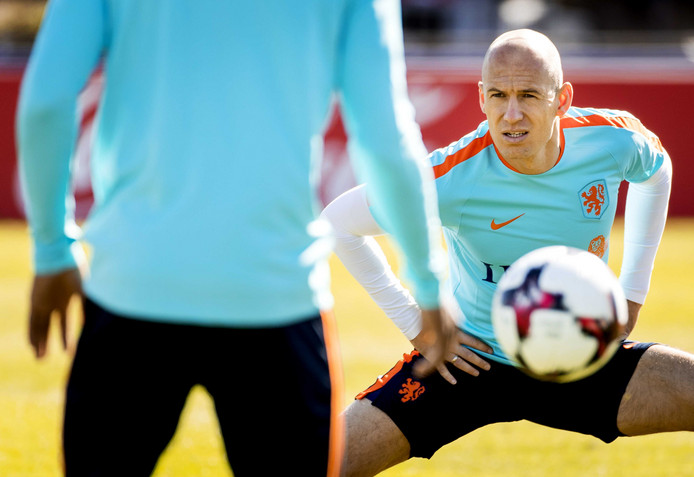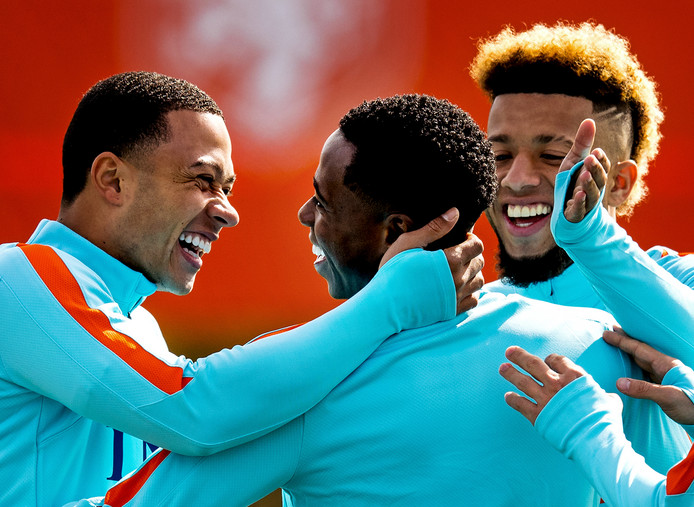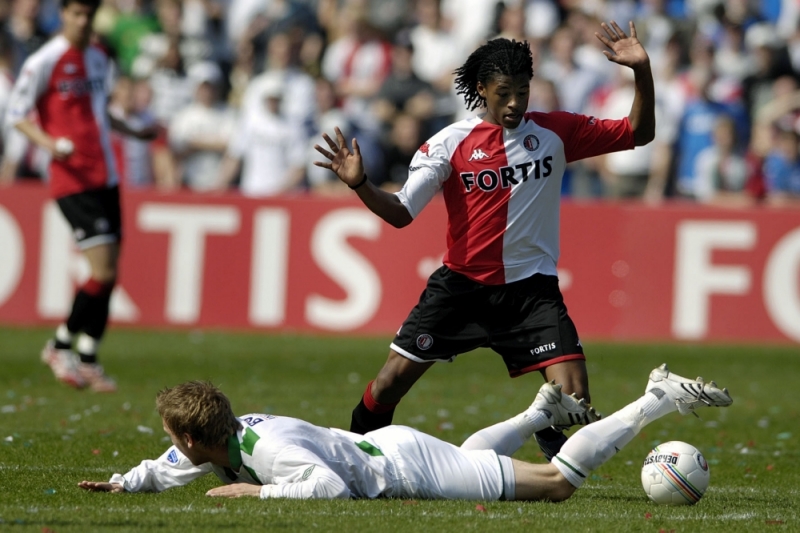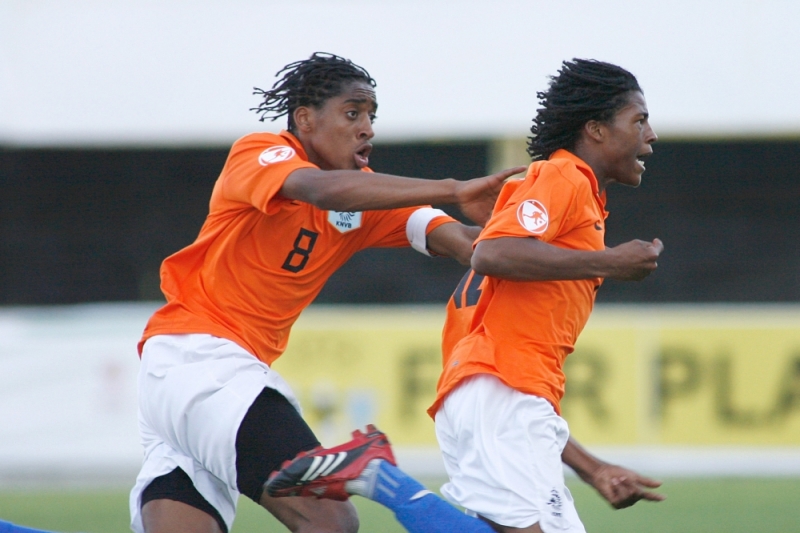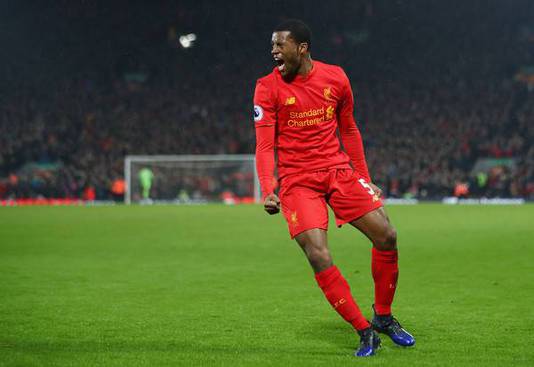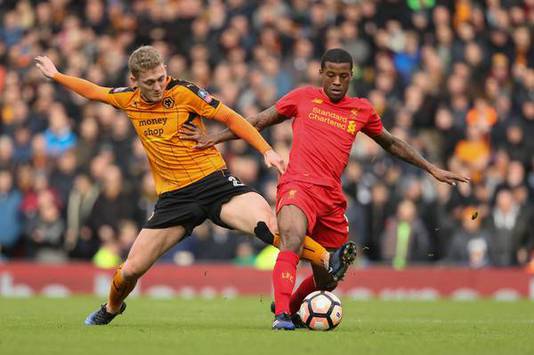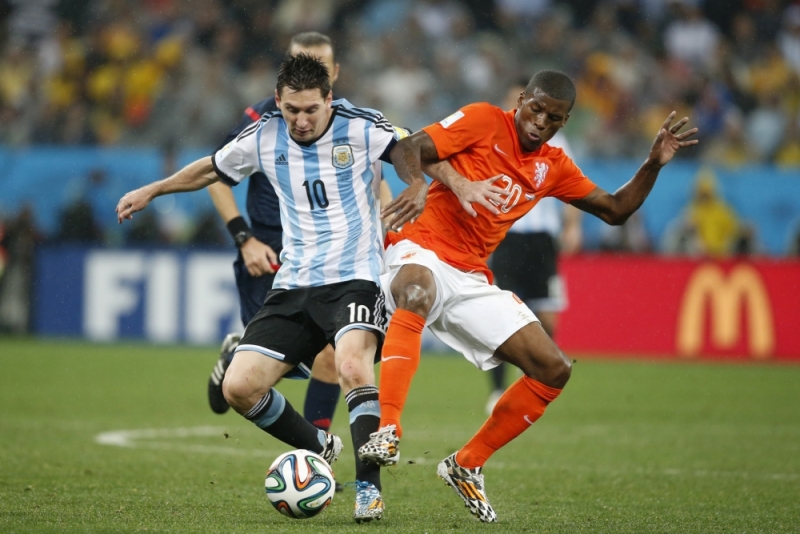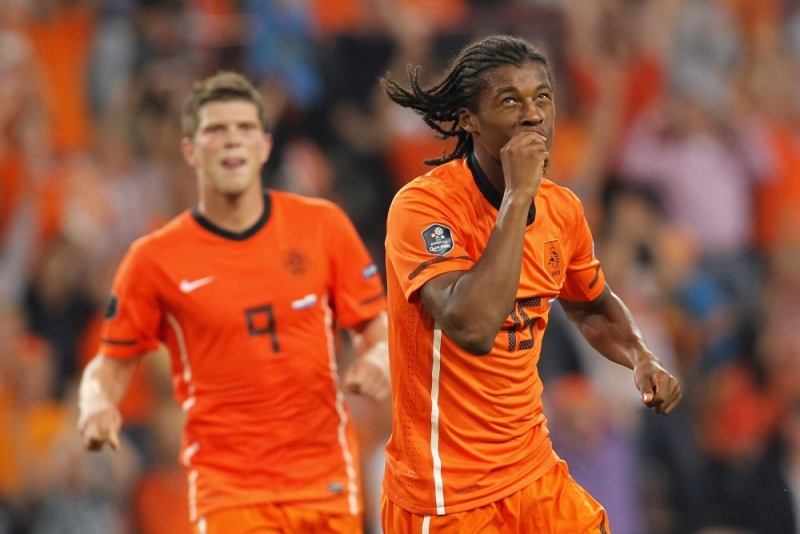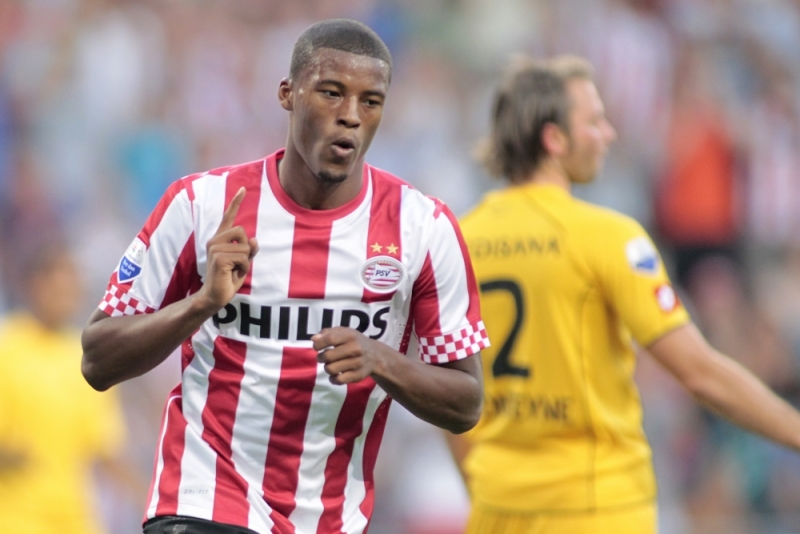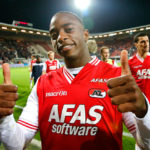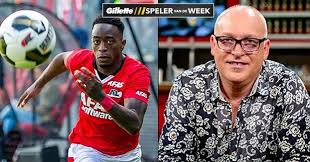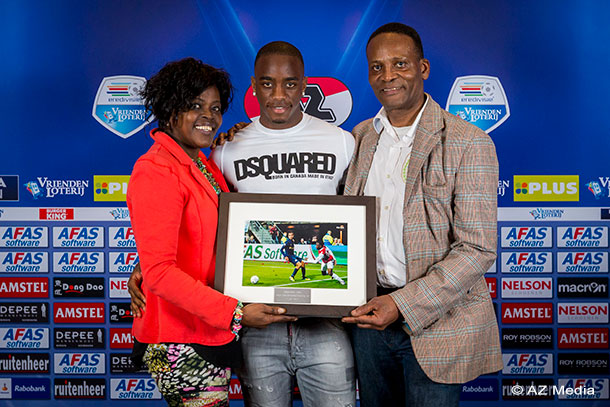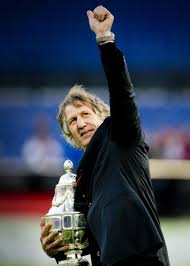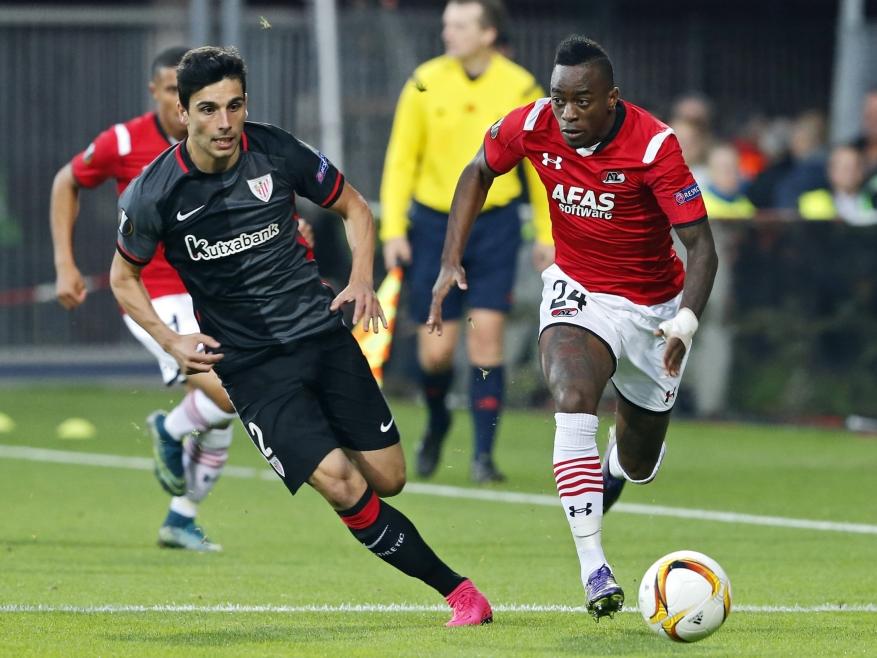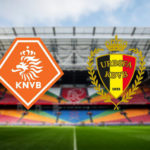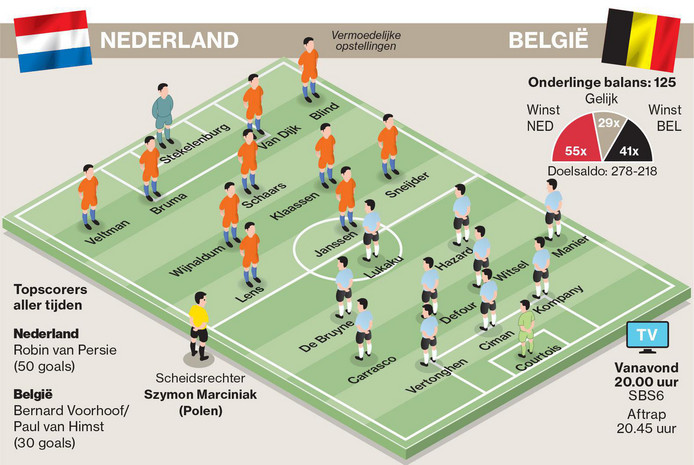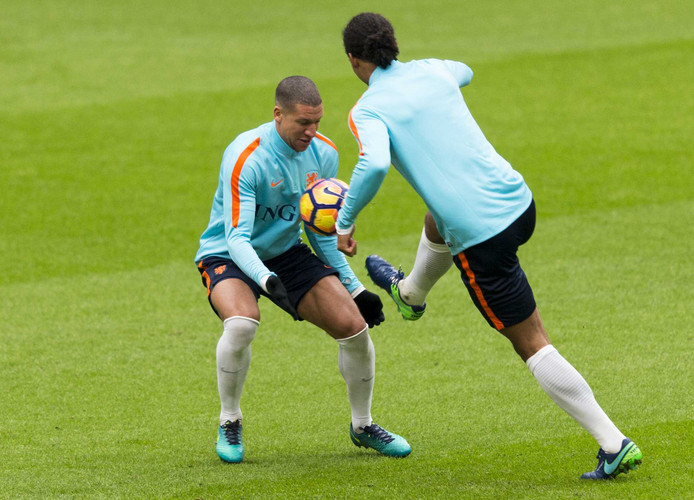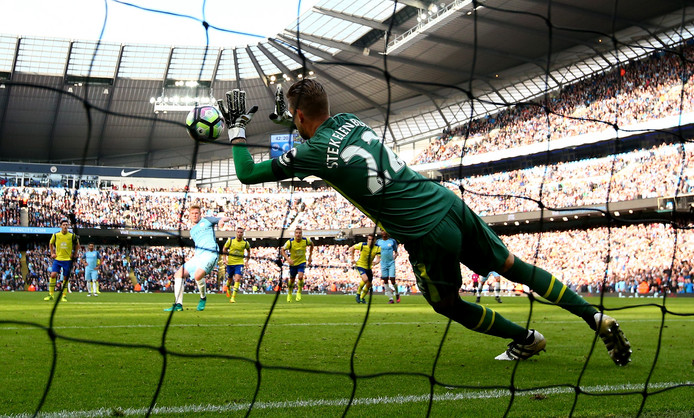It seems like I simply can’t take a little break. A lot happening in football, alright. Frank de Boer and Bert van Marwijk sacked, media campaigning for the inclusion in Oranje of Frenkie de Jong and Sophyan Amrabat. Ronald Koeman under pressure. Dutch champions given football lessons by England’s #3…
And in a couple of weeks time, it’s game time! With Dick and Ruud announcing their pre-lim squad.
Frank de Boer became the first victim in the Premier League but most likely not the last one. The Palace board wanted to radically change the way the club has been playing for more than a century. They did their homework, they made the plans and signed Frank de Boer for 3 years. The owners were ecstatic. And after 4 matches (!) the club panics, the board suddenly doesn’t want to change anymore, the long term vision get torn up and Frank de Boer (and Orlando Trustfull) can pack their bags.
What a disgrace!
Frank de Boer, former world-class libero and NT captain, won 4 titles with Ajax and is now suddenly incapable of turning a mediocre club around? It simply takes time. Disappointing decision by Crystal Palace who have dug up old-hand Woy Hodgson.
Bert van Marwijk’s exit was different. Now the Saudis have qualified, everyone wants a piece of the pie. Bert did the work but several yesmen are now putting their hands up to finish the job. Bert was offered a new deal with non-negotiable terms that Bert didn’t like. For instance, Bert had to live in Saudi Arabia and ask for permission to leave the country. Bert didn’t think that was a good plan and as a result he is now out.
Of all Dutch coaches working in top football at the moment, Van Marwijk’s achievement is most likely the most impressive.
Feyenoord lost 0-4 vs Man City. And deservedly so, even though Feyenoord helped City in the first 10 minutes with their woeful defending. Three goals from set pieces. Boys vs Men.
But the media slashed Feyenoord with terms as “shameful” and “Appalling”. But was it? Sure, the first goal was a shocker. Not enough pressure on the ball with the cross, Botteghin not attacking the cross and Vilhena allowing the ball to roll through his legs. But no matter how silly it looked, a player can be wrongfooted. Vilhena switched his weight to the other leg, just when the ball ricocheted through his legs. It can happen.
But Man City scoring four is not a disgrace. It would have been a disgrace (for Man City) if they didn’t. They brought in two subs during the second half, two players valued more than the whole of the Eredivisie!
And despite Feyenoord’s loss vs PSV Eindhoven, they outplayed PSV in the second half, with only 10 men. I think we needn’t worry about Feyenoord.
Oranje is a different matter. Dick and Ruud have two games left to win, score a lot of goals and pray that we won’t end up as the worst #2.
For this, we need to play in a system that makes sense to the players (4-3-3) and with players in form and capable of doing what we need to do: win and score.
Dick called up Ryan Babel and Klaas Jan Huntelaar. Babel is in top form. He’s fit, physical, opportunistic, can play on several positions and has his mojo back. Huntelaar still lives for goals and he played himself into the Ajax 1 starting line up. Good decisions. Daryl Janmaat is back too. Got his fitness and starting berth back. Scored a goal and is his ever dynamic self, bringing experience to the squad.
Kenny Tete will most likely be the best choice for the RB spot. Cillesen should be the goalie, for me. Dick could use Blind with De Vrij in the centre of defence with Fosu Mensah on the LB spot. Blind’s build up from the centre is needed and Tim Fosu Mensah will use his power to dominate the channel.
Up front, Babel, Huntelaar and Robben will do nicely, with the biggest question marks left open for the midfield. Wijnaldum and Strootman disappointed. Sneijder doesn’t seem fit enough. But it’s not the right time to experiment with Toornstra or Van Ginkel, while Klaassen simply doesn’t play enough. Frenkie de Jong could be an option as playmaker – albeit it an experiment as well – but the 20 year old is not selected.
Dick has to make some decisions here. Maybe Robben in the Sneijder role? With Babel on the right and Memphis on the left? We do need goals.
More good news: Vincent Janssen scored a goal from open play in Turkey and Virgil van Dijk has rejuvenated his career at Southampton, making his first minutes again.
Lastly, the KNVB has started to turn things around.
New chair of the board of directors is no-nonsense man Jan Smit. This entrepreneur (debt-collector) has led Heracles Almelo for decades before. Never got into trouble financially, knows a lot of people in football, is highly respected and an experience football manager.
Eric Gudde is the new general manager. Gudde was in this role for Feyenoord for 10 years. He started in the dark days, when there was no money at the club, lots of losses, and no success whatsoever for the once biggest club in the world. With Martin van Geel as his technical director, Gudde turned the club from a struggling behemoth into a financially healthy and highly successful and popular side. Plans for a new stadium are in a final stage, the youth academy is rocking and Feyenoord boasts to have the finest pitch in Europe. He was the man, last season, who decided to support the young coach (Van Bronckhorst) who failed to win in a series of 7 matches. And he left, after the same coach won three trophies in 15 months.


